Russia 1985-1999: TraumaZone – even the title makes you want to scream – is Adam Curtis’s Metal Machine Music: the one where he frightens off his fans by abandoning the trademark flourishes that made him so entertaining and instead goes all pared-down and raw and grim.
If you don’t know or remember what those trademark flourishes were, let me refer you to a cruelly funny pastiche which you can easily find on YouTube called The Loving Trap. This sends up poor Adam as a pioneer of the collage-umentary, a genre resembling ‘a drunken late-night Wikipedia binge with pretence to narrative coherence’ which ‘vomits grainy library footage onto the screen to a soundtrack of Brian Eno and Nine Inch Nails.’
True enough – but those expertly curated ambient tracks were very easy on the ear, as too was Curtis’s soothing voiceover which yoked heterogeneous concepts together and led you in all manner of beguiling and unexpected directions. I think his stuff is great and the fact that it is still being promoted by the BBC confirms how devilishly clever he is, because if the BBC had an inkling of what he’s actually saying it would drop him like a hot brick.
Anyway, TraumaZone dispenses with the frills. There’s no voiceover and no soundtrack. It’s just loads of film footage taken from across the collapsing Soviet empire in the dog days of communism. Some of it’s quirky: two men fantasising over a bottle or two about what animals they might keep in their imaginary future zoo; some of it’s sad and personal: a mother bidding farewell to her son just before he heads off for two years’ military service during which he’ll quite possibly end up being killed in Afghanistan; mainly, it’s just bleak.
But not boringly bleak – at least not so far. Perhaps its delights begin to wear thin after the full seven hours but despite the meandering nature of all this disparate footage I found each vignette strangely involving. The one, for example, of Kim Philby’s funeral. He’s lying there in his open coffin, surrounded by party apparatchiks, and his wife (the last of four) Rufina with her implausibly red hair buries her face in his. And stays there, sobbing. You keep waiting for the camera to pull away or for Curtis to cut to another scene, but instead it lingers on and on, to the point where you start having macabre thoughts like, ‘Hope the embalming is up to scratch and he doesn’t start to smell like Father Zosima.’
There’s some great material from Chernobyl, too. Volunteers having a last shared fag before scurrying off to near certain death pushing radioactive rubble into a pit. A team of scientists taping the bottoms of their homemade protective gear (which clearly isn’t going to offer the slightest protection) and then crawling through the ruins to investigate what has happened to the reactor core with the help of a camera attached to a remote-controlled tractor bought from a toy shop.
Reviewers more high minded than myself have said that as an insight into the history of the collapse of the Soviet Union it is flawed because the footage is too random, lacking focus, and the narrative (just the occasional flash of barely explanatory text on screen) too sketchy. But personally, that’s one of the things I like about it. It’s like a Soviet version of Martin Parr’s photos of the British on seaside holidays, part affectionate, part mocking, part mystifying. I find it refreshing to be allowed to make up my own mind – or indeed not to form a view at all – rather than have someone’s directorial opinion (usually with dodgy politics attached) rammed down my throat.
If you like TraumaZone I think you’ll also enjoy The Fire Within, part of BBC4’s often-excellent Storyvillestrand, in which yet more reams of archive footage have been curated and shaped, this time by Werner Herzog. Like Curtis, Herzog has a tone and style which is very easily parodied. ‘Be aware, there is an essential truth and beauty in all things…’ some wag wrote in ‘Werner Herzog’s letter to his cleaning lady’, ‘from the death throes of a speared gazelle to the damaged smile of a freeway homeless.’
Yes, Herzog does like the horror of nature and he does like the morbid. So he was the natural choice to edit hundreds of hours of footage by French filmmakers Katia and Maurice Krafft who devoted their lives to travelling the world so as to get as close as possible to volcanic eruptions – until the sad, inevitable day when like Pliny the Elder at Vesuvius, they were consumed by the pyroclastic flow. I guarantee you will be transported by the mix of beauty and terror. The Kraffts did not die in vain.
Got something to add? Join the discussion and comment below.
Get 10 issues for just $10
Subscribe to The Spectator Australia today for the next 10 magazine issues, plus full online access, for just $10.
You might disagree with half of it, but you’ll enjoy reading all of it. Try your first month for free, then just $2 a week for the remainder of your first year.


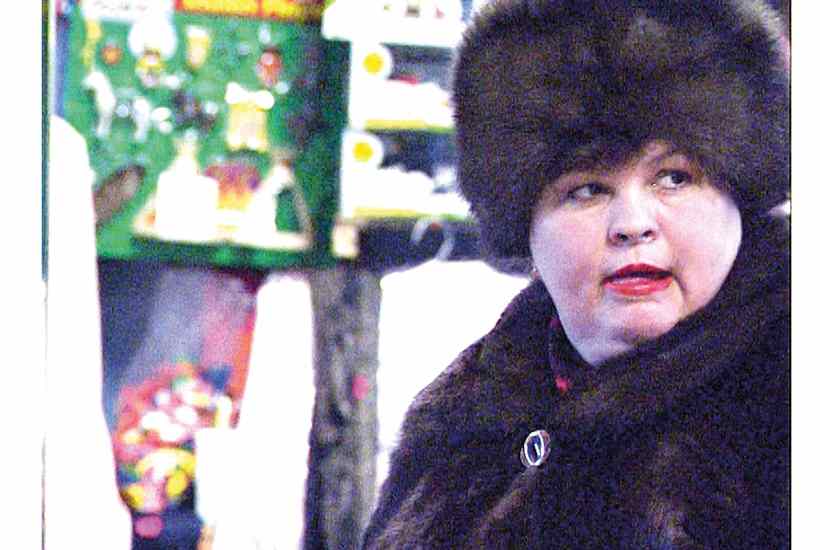
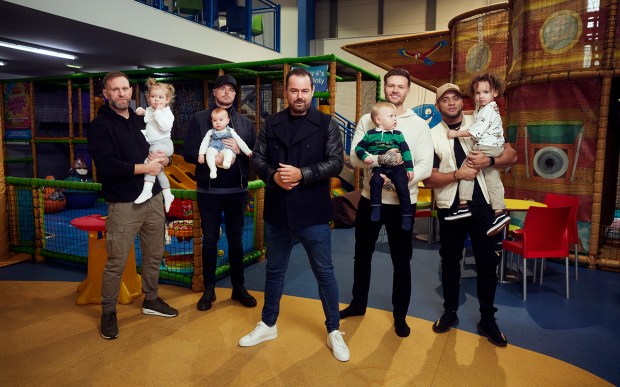
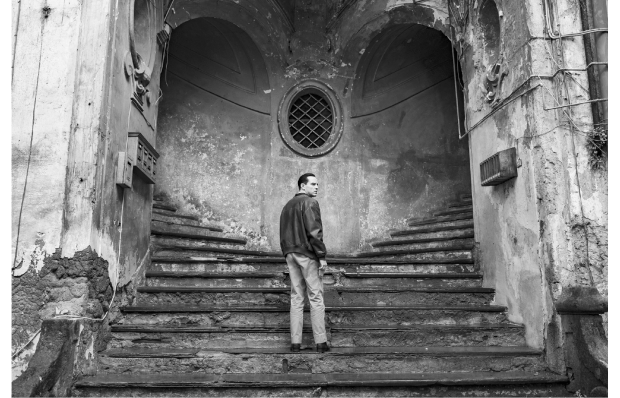
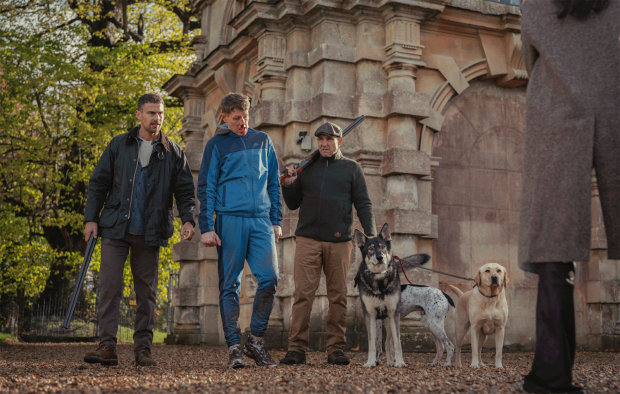
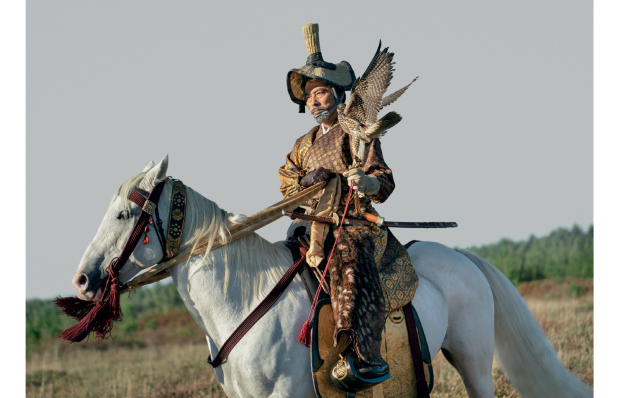
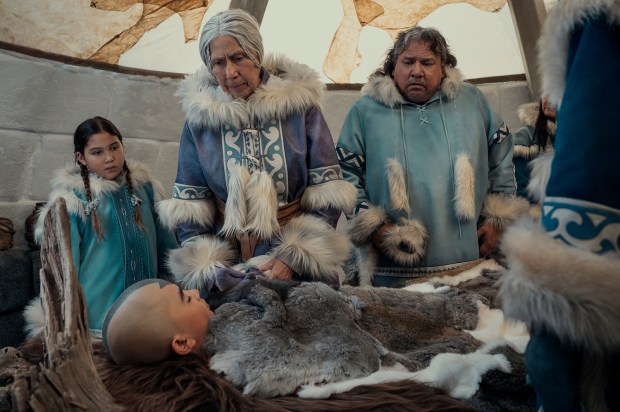
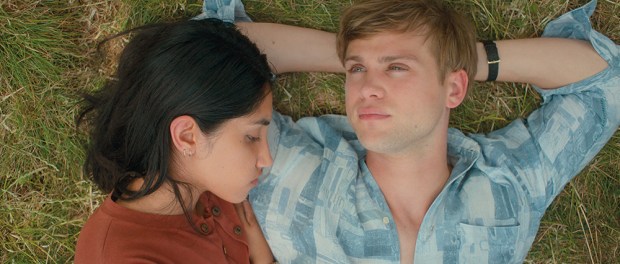






Comments
Don't miss out
Join the conversation with other Spectator Australia readers. Subscribe to leave a comment.
SUBSCRIBEAlready a subscriber? Log in